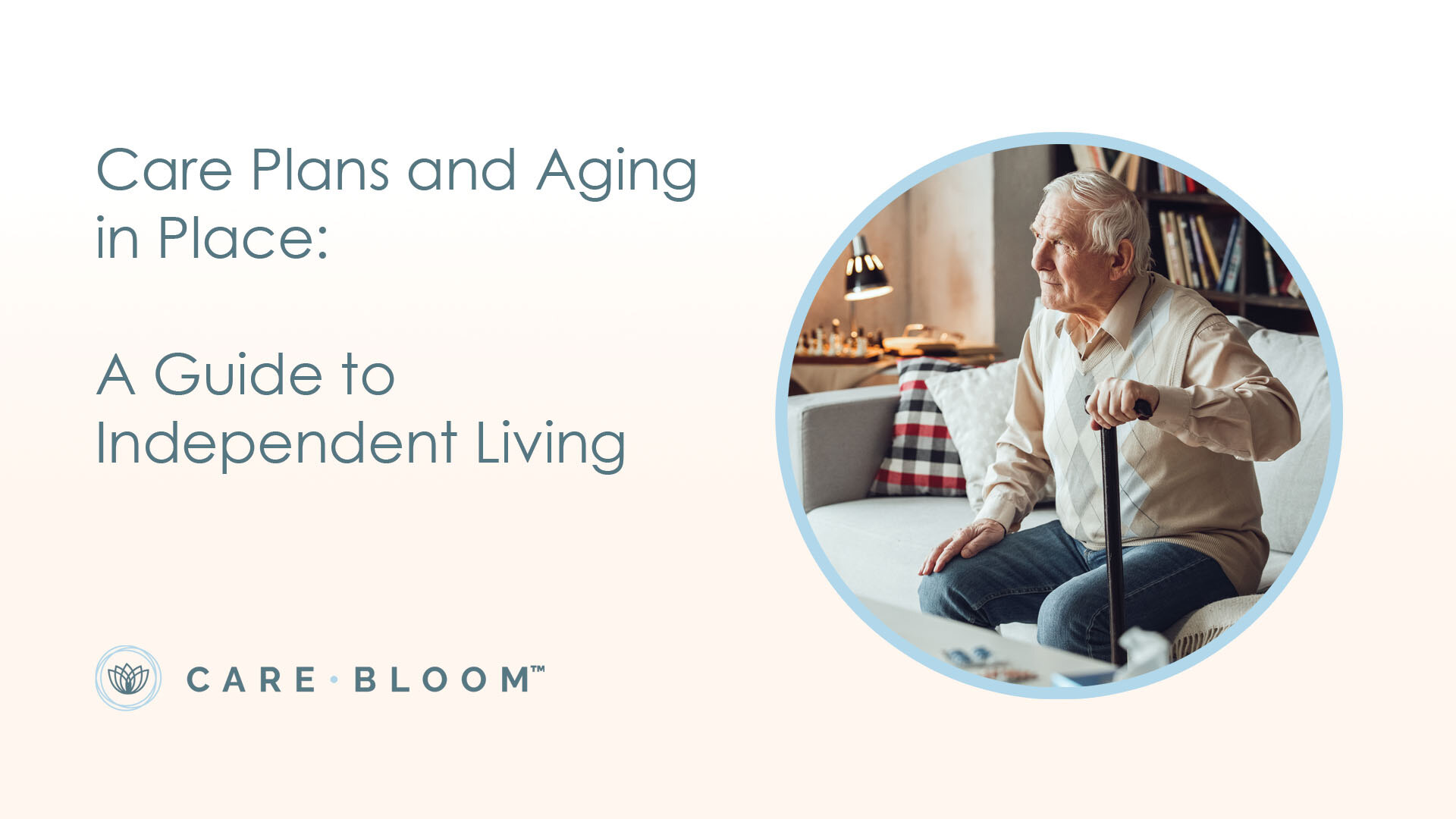Caregiver Blog
Aging in place is a goal for many seniors who want to maintain independence while staying in their own homes. However, doing so successfully requires careful planning to ensure safety, comfort, and access to necessary care. That’s where a well-thought-out care plan comes in.
What Is a Care Plan?
A care plan is a personalized roadmap designed to meet the unique needs of an aging individual. It outlines essential aspects such as medical care, daily living assistance, home modifications, and social support. The goal is to create a structured approach that allows seniors to live safely and comfortably while maintaining their quality of life.
Care plans are developed with input from healthcare professionals, caregivers, family members, and sometimes the seniors themselves. Factors considered in a care plan include health status, mobility, cognitive function, social needs, and financial resources.
Key Components of a Care Plan
- Medical Needs – Managing chronic conditions, coordinating doctor visits, and ensuring medication adherence are crucial elements of a care plan.
- Daily Living Assistance – Depending on mobility and health, seniors may need help with personal care, meal preparation, and household chores.
- Home Modifications – Simple adjustments like grab bars, better lighting, and step-free entrances can significantly enhance safety.
- Social Engagement – Staying connected with family, friends, and community groups can prevent isolation and improve mental health.
- Financial and Legal Planning – Addressing long-term care costs, estate planning, and advanced healthcare directives ensures peace of mind for both seniors and their families.
What Causes a Change in Care Plans?
Care plans are not static; they evolve as needs change. Some common reasons for adjustments include:
- A decline in health or mobility
- New medical diagnoses
- Changes in cognitive function
- The need for additional assistance with daily activities
- Shifts in financial resources or insurance coverage
How to Address Changes in Care Plans
Regularly reassessing a care plan ensures that it remains effective. Families and caregivers should:
- Conduct periodic evaluations of the senior’s health and daily needs
- Communicate with healthcare providers and support services
- Adjust home modifications as needed
- Ensure that financial and legal plans remain up to date
Care Bloom: Helping Detect and Adapt to Care Plan Changes
Care Bloom helps track changes in care needs and adapts care plans accordingly. Through continuous monitoring and smart assessments, Care Bloom detects shifts in health and behaviors, ensuring that care plans remain relevant and effective. Care plans can be adapted and changed, allowing seniors to continue aging in place safely and comfortably.
Conclusion
Aging in place is not just about staying at home—it’s about thriving in a familiar environment. With a well-structured care plan and the assistance of tools like Care Bloom, seniors can navigate the challenges of aging while maintaining their independence and quality of life.
